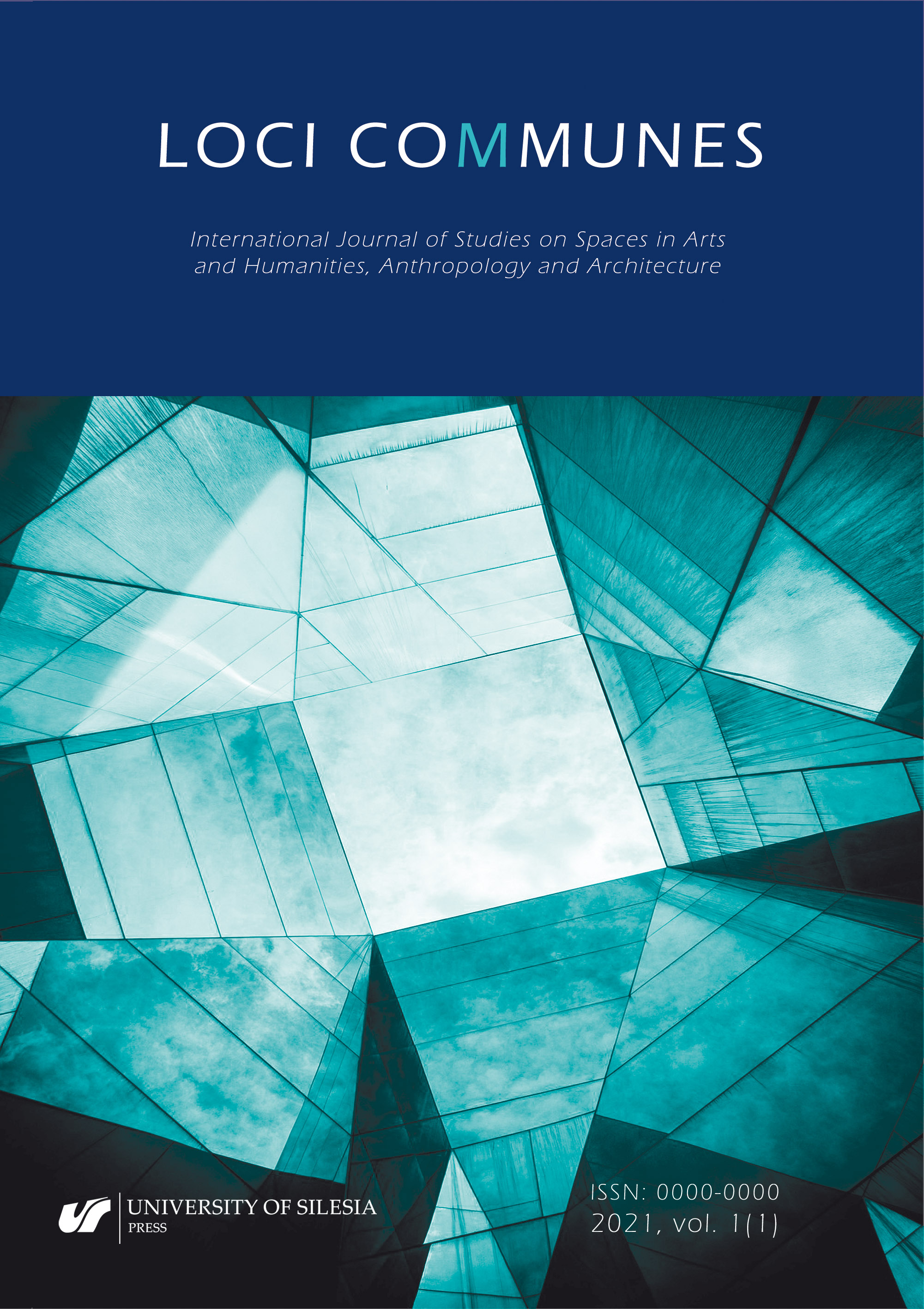

 https://doi.org/10.31261/LC.2021.01.05
https://doi.org/10.31261/LC.2021.01.05
The article is aimed to discuss the place of architecture in the space of ideas. The present work discusses a specific place, the Zaspa housing estate in Gdańsk, and refers to a specific person, namely, the author of artistic installations temporarily exhibited in the Zaspa housing estate. Also, the wider context of the specific situations in which the exhibitions were displayed is presented. The article attempts to answer the question of the importance of the quality of dwelling in the context of the quality of life of city dwellers. The work focuses on the subjective quality of life, identified most often with the feeling of satisfaction with life in its various aspects and with mental well-being. The quality of living, in turn, may be defined as satisfaction with the structure and functioning of the house and its commonly shared surroundings that constitutes the context of such living. The installations exhibited in the Zaspa estate discussed in the following article represent a potential area for activities with which to change the landscape and/or architectural elements of housing estates that refer to the living space. The essence of the research lies in the analysis of the place architecture occupies in a wider context of the intangible spaces. Homes can be perceived in a phenomenological way. It this case, the spaces of the house are inside us, just as we are inside them (Bachelard, 1994).

Vol. 1 No. 1 (2021)
Published: 2022-04-05
 10.31261/LC
10.31261/LC